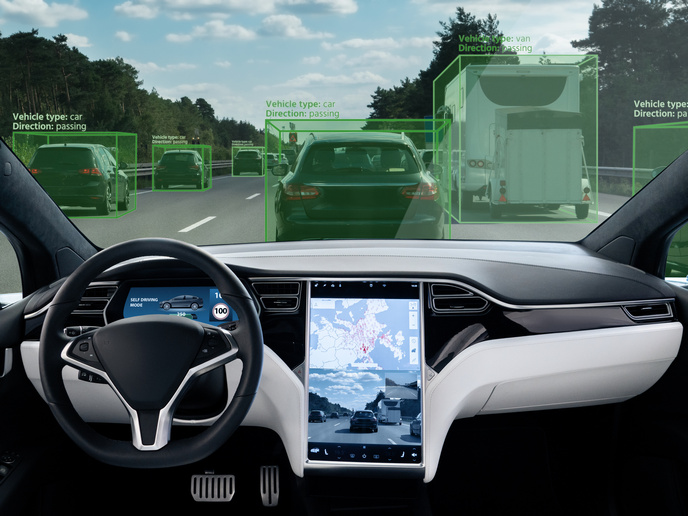Enhanced safety and control for automated vehicles
Vehicles with automated features are becoming more commonplace on our roads. These features include advanced automatic subsystems for emergency braking, pedestrian detection, and assistance when parking. In all these applications, safety remains the number one concern. Such features will be critical in highly automated vehicles of the future. The EU-funded NewControl(opens in new window) project was launched to ensure that the European automotive industry remains at the cutting edge of safety, in the fast-evolving sector of automated vehicles. “Our aim was to establish an integrated platform for these vehicular safety subsystems that are critical to automated driving,” explains project coordinator Darjan Kozic from AVL List(opens in new window) in Austria. “In order to move forward, we need new technologies and algorithms that can deliver better automated decision-making and control.”
Integrated automated subsystems platform
The NewControl project brought together lidar(opens in new window), radar and other sensor technologies, to enable integrated fail-safe operational platforms for these automated subsystems. A key aim was to demonstrate the power efficiencies, trustworthiness and safety improvements that such platforms could bring, with an eye to eventual mass commercialisation. First, new sensors and accompanying algorithms were developed, to deliver better perception of the surrounding environment. Computational platforms for fail-operational behaviour and control were then built. “Vehicle decision-making and control were then tested in simulations, as well as in controlled real environments,” says Kozic.
Perception, decision-making and control algorithms
Simulations and real-life tests of these technologies led to a number of important findings. New innovations in lidar technology for example were shown to deliver more precise and accurate localisation of objects compared to available technologies – and at a much lower production cost. Combined hardware, software and algorithm development also delivered a successful prototype fail-operational system. This means that if a mistake is made, the automated system can still reliably perform its function. “This was demonstrated via simulations, and also in a real demonstration test using a repurposed car,” adds Kozic. “Despite artificially injecting a fault into the control platform, the vehicle was still able to perform autonomous manoeuvres.” In other words, the system was able to react in real time to possibly dangerous situations. Other simulations and real-world demonstrations highlighted the performance of new perception, decision-making and control algorithms in different driving situations. These included typical moments that a driver might expect to encounter at intersections and roundabouts, and during operations such as overtaking and parking. Driver monitoring was also developed, with the aim of supporting future control systems with in-cabin information. This could contribute to more appropriate decisions being made by automated driving systems.
Increased public acceptance of automation
The NewControl project has helped to advance novel solutions that could enhance automated perception, decision-making and control in vehicles. “To create a sustainable market for automated mobility, these technologies need to achieve public acceptance,” notes Kozic. “We have shown these can help to make automated vehicles safe and trustworthy.” The results of the project will now be built upon, in order to bring the technologies closer to market readiness. More testing is currently needed, to show that components can perform reliably and remain highly functional across the expected lifetime







